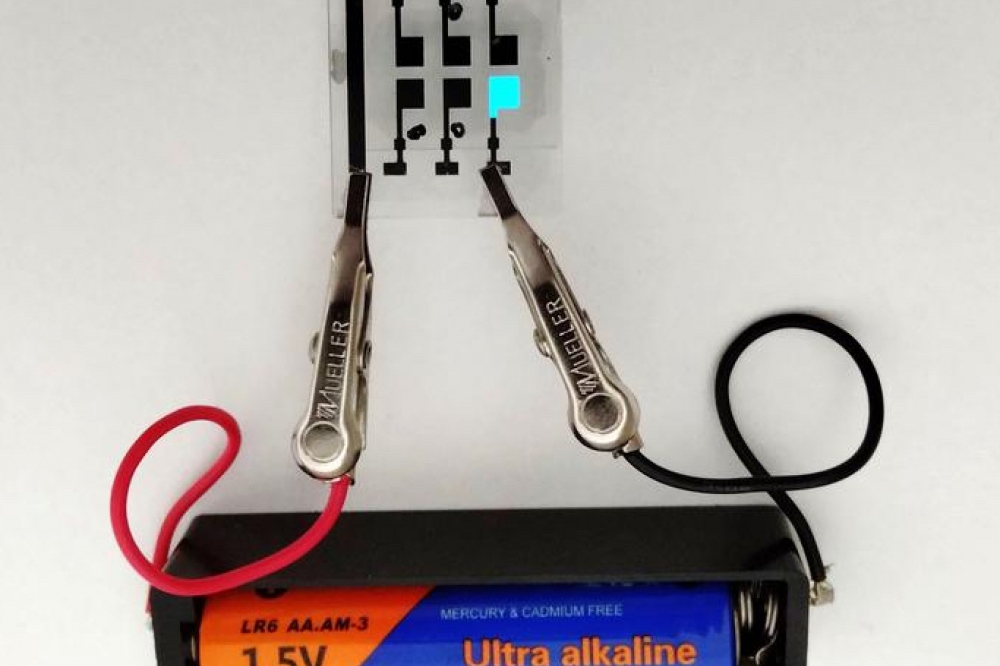Novel OLED has ultralow voltage for blue emission

Technology circumvents traditional high voltage requirement for blue OLEDs
Researchers from Tokyo Tech have demonstrated an upconversion organic light-emitting diode (OLED) based on a typical blue-fluorescence emitter that achieves emission at an ultra low turn-on voltage of 1.47 V and a peak wavelength at 462 nm (2.68 eV).
Seiichiro Izawa, a professor at Tokyo Institute of Technology and Osaka University, and researchers from University of Toyama, Shizuoka University, and the Institute for Molecular Science, say that their technology circumvents the traditional high voltage requirement for blue OLEDs, leading to potential advancements in commercial smartphone and large screen displays. The work will be published in Nature Communications.
Conventional blue OLEDs typically require around 4 V for a luminance of 100 cd/m2; this is higher than the industrial target of 3.7 V — the voltage of lithium-ion batteries commonly used in smartphones. Therefore, there is an urgent need to develop novel blue OLEDs that can operate at lower voltages.
The choice of materials used in this OLED significantly influences its turn-on voltage. The device uses NDI-HF (2,7-di(9H-fluoren-2-yl)benzo[lmn][3,8]-phenanthroline-1,3,6,8(2H,7H)-tetraone) as the acceptor, 1,2-ADN (9-(naphthalen-1-yl)-10-(naphthalen-2-yl)anthracene) as the donor, and TbPe (2,5,8,11-tetra-tert-butylperylene) as the fluorescent dopant.
This OLED operates through upconversion in which holes and electrons are injected into donor (emitter) and acceptor (electron transport) layers, respectively. They recombine at the donor/acceptor (D/A) interface to form a charge transfer (CT) state. Izawa points out: “The intermolecular interactions at the D/A interface play a significant role in CT state formation, with stronger interactions yielding superior results.”
Subsequently, the energy of the CT state is selectively transferred to the low-energy first triplet excited states of the emitter, which results in blue light emission through the formation of a high-energy first singlet excited state by triplet-triplet annihilation (TTA).
“As the energy of the CT state is much lower than the emitter's bandgap energy, the UC mechanism with TTA significantly decreases the applied voltage required for exciting the emitter. As a result, this UC-OLED reaches a luminance of 100 cd/m2, equivalent to that of a commercial display, at just 1.97 V,” explains Izawa.
In effect, this study efficiently produces a novel OLED, with blue light emission at an ultralow turn-on voltage, using a typical fluorescent emitter widely utilised in commercial displays, thus marking a significant step toward meeting the commercial requirements for blue OLEDs.
It emphasises the importance of optimising the design of the D/A interface for controlling excitonic processes and holds promise not only for OLEDs but also for organic photovoltaics and other organic electronic devices.
Reference
'Blue organic light-emitting diode with a turn-on voltage of 1.47 V' by Seiichiro Izawa et al; Nature Communications volume 14, Article number: 5494 (2023)

































